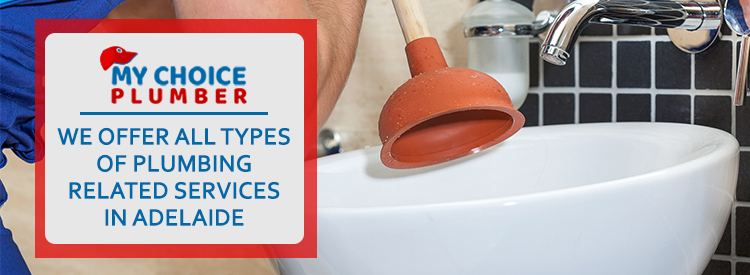What is a Trap?
Emptying sewage and waste from your home or office can get rank. That is on account of exhaust from gases like methane, nitrogen, hydrogen sulfide and carbon monoxide are a result of squanders. The activity of a pipes trap is to keep these gases (and their scents), and furthermore little vermin, from entering your home or office through the deplete channels. How do a pipes trap function? It works by making a water seal by enabling a little measure of water to be held in the trap and not permitting anything move down through the pipe. All pipes installations, sinks, toilets, tubs, showers, utility sinks, washer channels, and so on have a trap or something to that effect.
Sorts of Traps
A few traps are essential with machines and some are particular and situated underneath the pipe (so waste and water deplete into it, yet not pull out.) Often, latrine traps are necessary and traps, for example, those for sinks are a different otherwise called a connected trap. Substantial modern traps that are found outside of an abode and work to shield the principal line from being odiferous are called gulley traps. Traps appended to sinks, clothes washers, and other depleting machines are called p-traps on the off chance that they deplete through a divider or straps in the event that they deplete through the floor. Moreover, there are genuine floor traps or Nahini traps that work with a mesh framework in the floor of your tub, shower, or storm cellar floor for depleting. At long last, another basic trap is the last trap that isolates private waste from the primary sewer and it is called a capturing trap. Handymen have a particular arrangement of codes they should hold fast to which keeps your home safe. These codes assign which kind of pipe (PVC, cast press, and so on) can be utilized for each sort of depleting framework and trap. Likewise, they manage the measure of trap that must be utilized (a handyman can’t introduce a bigger trap than the width of the deplete line), how far down in millimeters the trap must be to guarantee legitimate seepage, that they are self-cleaning, and that they don’t rely on moving parts to make the water seal. There are more particular traps for particular purposes, i.e. an upstairs can would require a “q” trap rather than as or p trap, yet the expectation of the trap is the same. You ought to counsel your handyman who will know the correct codes and appropriate utilization of every waste framework part.
Repairing a Trap
There are numerous reasons why a pipes trap’s seal might need repair. These could be trap siphonage, where speed from some other area has developed so much that it totally empties the water seal out of the trap. There could be back weight in the trap, which is the inverse of siphonage. Rather a lot of waste is removed, making a pressure before it and it can reverse discharge again into the building. Likewise, a guilty party is narrow activity, where wrong things have been held up in the seepage framework and are obstructing the trap seal by sucking up the water. While these issues are now and then sufficiently simple to settle for a moderate DIY’er, you ought to presumably call a few handymen to get a work appraise just on the off chance that the issue is more included or mixes as you settle the issue.
Hire Our Experts Now:- http://mychoiceplumber.com.au/plumber-adelaide

